coinman123
Silver Member
Today I went to the dump, and decided to check out the little area where you can put stuff that is still good for other people to take. I have had some good luck finding cool stuff there in the past, and was hoping to find something cool today. I noticed these two extremely crude terracotta pieces, I thought they were either new pieces made by an amateur, or very old. At first I thought that the smaller pieces was an old ink well, and I wasn't very sure about the larger piece. When I got home I was able to ID the piece I thought was an ink well as an ancient Roman oil lamp. I was pretty sure that it was a reproduction at first, but then I noticed that there is some discoloring due to fire on it caused by it's use as a lamp (which is common on most real ones). Apparently Roman oil lamps aren't very rare anyway, millions of them were made, and there are still tons of them being found today. My second piece looks to be a Roman wine jug, with a strainer on top. This piece isn't in the best shape, it feels a little crumbly and has many chips, but I am still amazed that it is intact after almost 2000 years. Anyways, if anyone has knowledge about Roman Terracotta let me know if I am missing anything, and what time period these are from! Thanks!
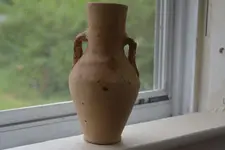
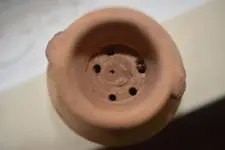
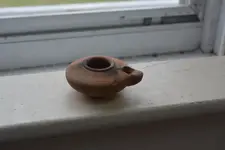
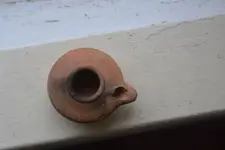

Here are a bunch of early oil lamps at a museum, they predate mine by a little, but a very similar. As you can see, they are pretty common.
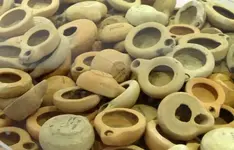





Here are a bunch of early oil lamps at a museum, they predate mine by a little, but a very similar. As you can see, they are pretty common.

Upvote
7







